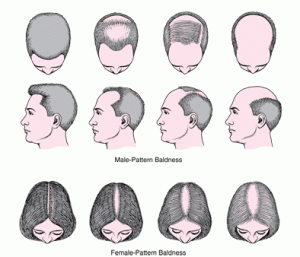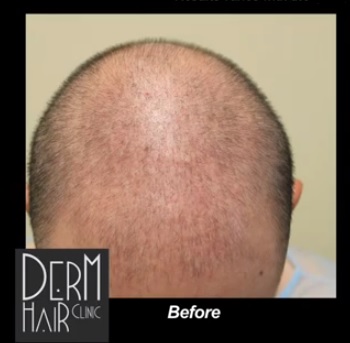The options are many to attempt to restore hair loss but vary in results dependent on the cause and severity of hair loss. While temporary winter hair loss usually resolves itself once the weather warms up or improves with home care, hair loss may also be permanent. With hair loss due to genetics or aging, surgical hair restoration is rapidly increasing in popularity to permanently restore hair loss.
WEATHER CHANGES AND WINTER HAIR LOSS
Like many people, you may start complaining about hair loss in the winter but it can typically be treated with adequate care. It is necessary to take care of both your skin and hair during winter due to the cooler, drier weather. Even slight changes among the seasons can trigger hair loss, so it’s important to understand preventative and nurturing measures.
Dry, frizzy is the most common in winter. Additionally, you may also be plagued by dandruff and dry scalp. If in fact your winter hair loss is triggered by the season, simple and effective at-home remedies will provide relief. Before treating winter hair loss, it is essential to know the causes behind hair loss and/or balding — both temporary and permanent.
WINTER HAIR LOSS VERSUS PATTERN BALDNESS
The most common factor for hair loss in both sexes is androgenic alopecia, or pattern baldness. It’s a genetic condition that makes recipients of the particular more sensitive to the hormone dihydrotestosterone (DHT), which miniaturizes follicles. Those with genetically weak androgen receptors thus suffer hair loss.

Environment And Lifestyle Factors
Stress and environmental stress are main reasons for your hair fall. If you’re stretched financially, worried about job security or currently experiencing one of the top stressors, stress may worsen winter hair loss. Cumulative environmental stress can also lead to hair loss.
Another factor may be harsh chemicals, such as dying and bleaching hair too often. Diet is also a factor since you need an array of protein, vitamins, minerals and beneficial oil to keep your scalp healthy and hair strong.
Winter Hair Loss Considerations
Winter’s weather can negatively affect your hair and scalp. A main consideration to avoid winter hair loss is to prevent dandruff, a main contributor to hair loss. Dandruff is one of the primary reasons for temporary hair loss. Look into anti-dandruff shampoo and topical products. You can also ask your dermatologist for suggestions, a prescription product or about healthy hair washing habits. You may also benefit by putting a few drops of tea tree essential oil in your hand and massaging it into your scalp. Tea tree oil is a topical antifungal and antiseptic treatment, though more evidence is needed on its exact efficacy.
Continue to Part two of Winter Hair Loss and Prevention, click here.
Hair loss and environmental factors: Does Nature or Nurture Determine hair loss?

